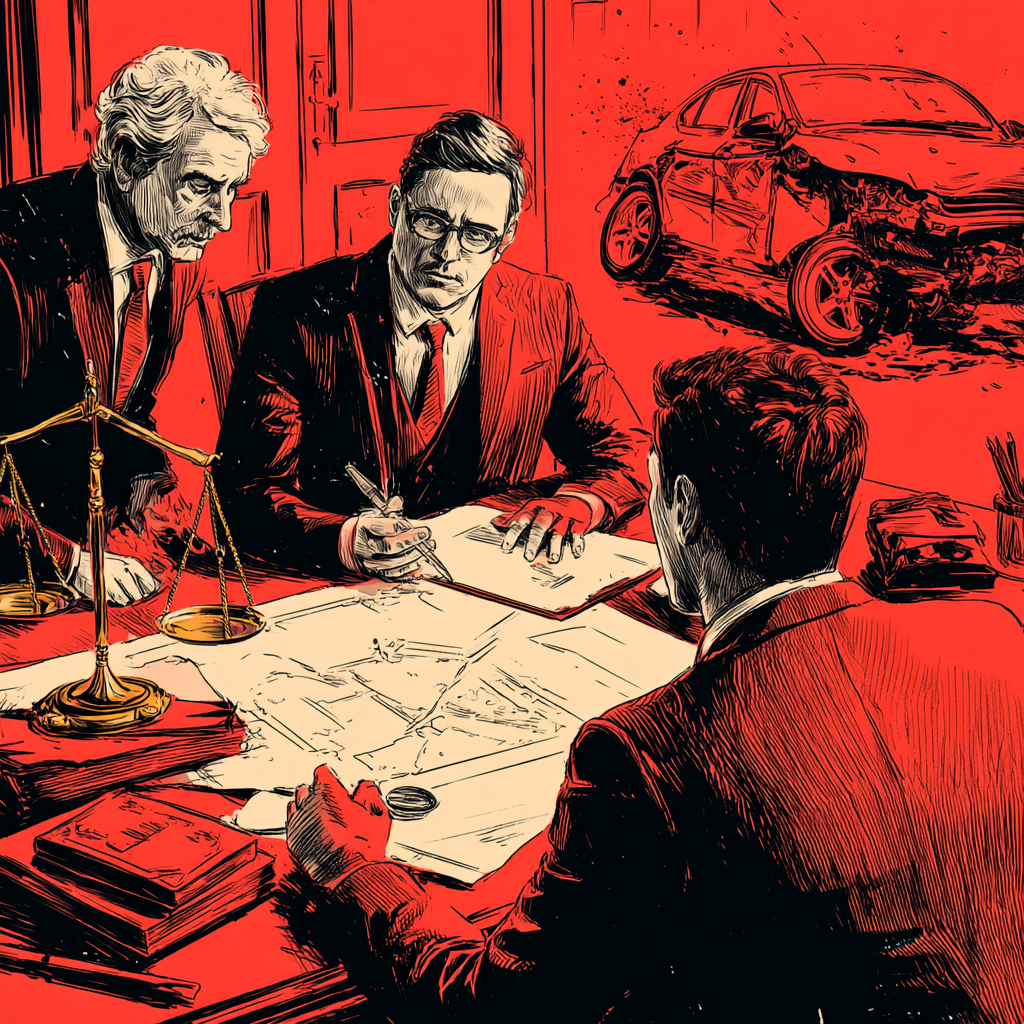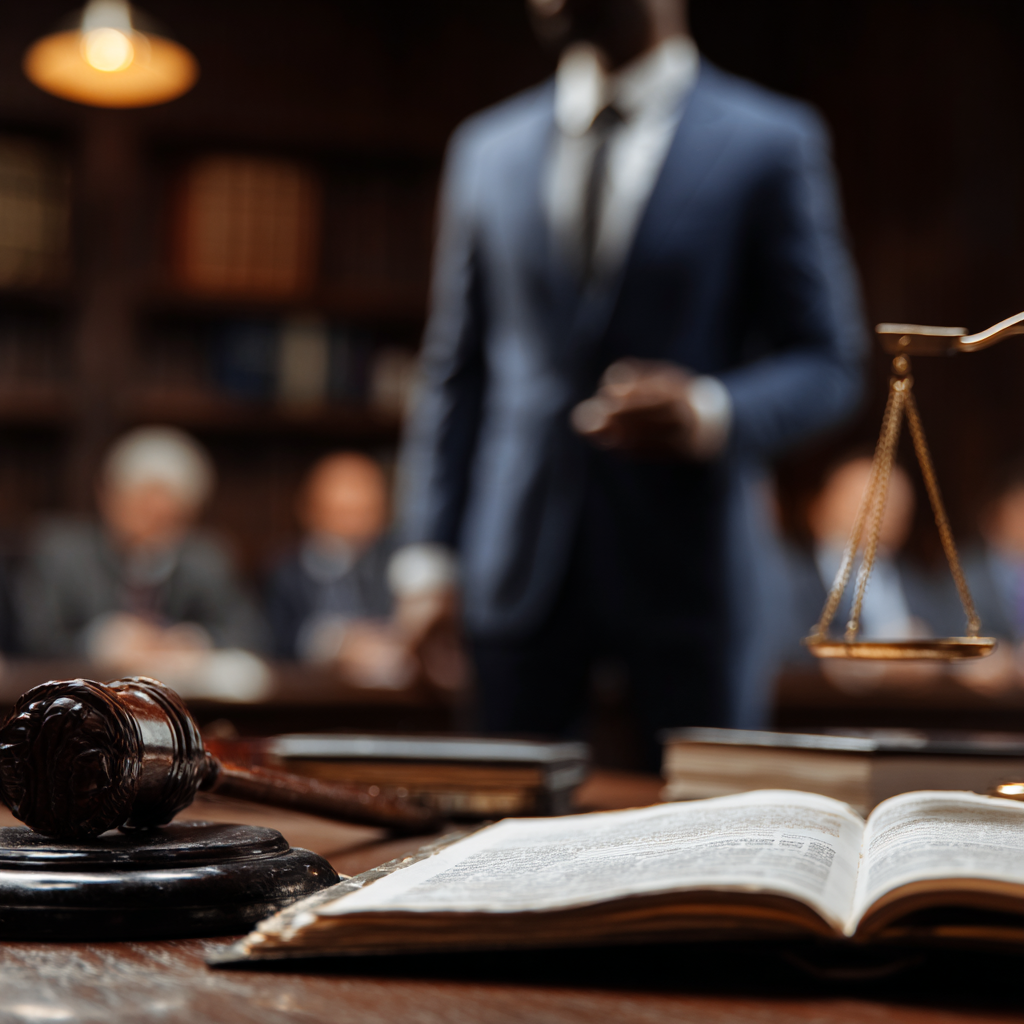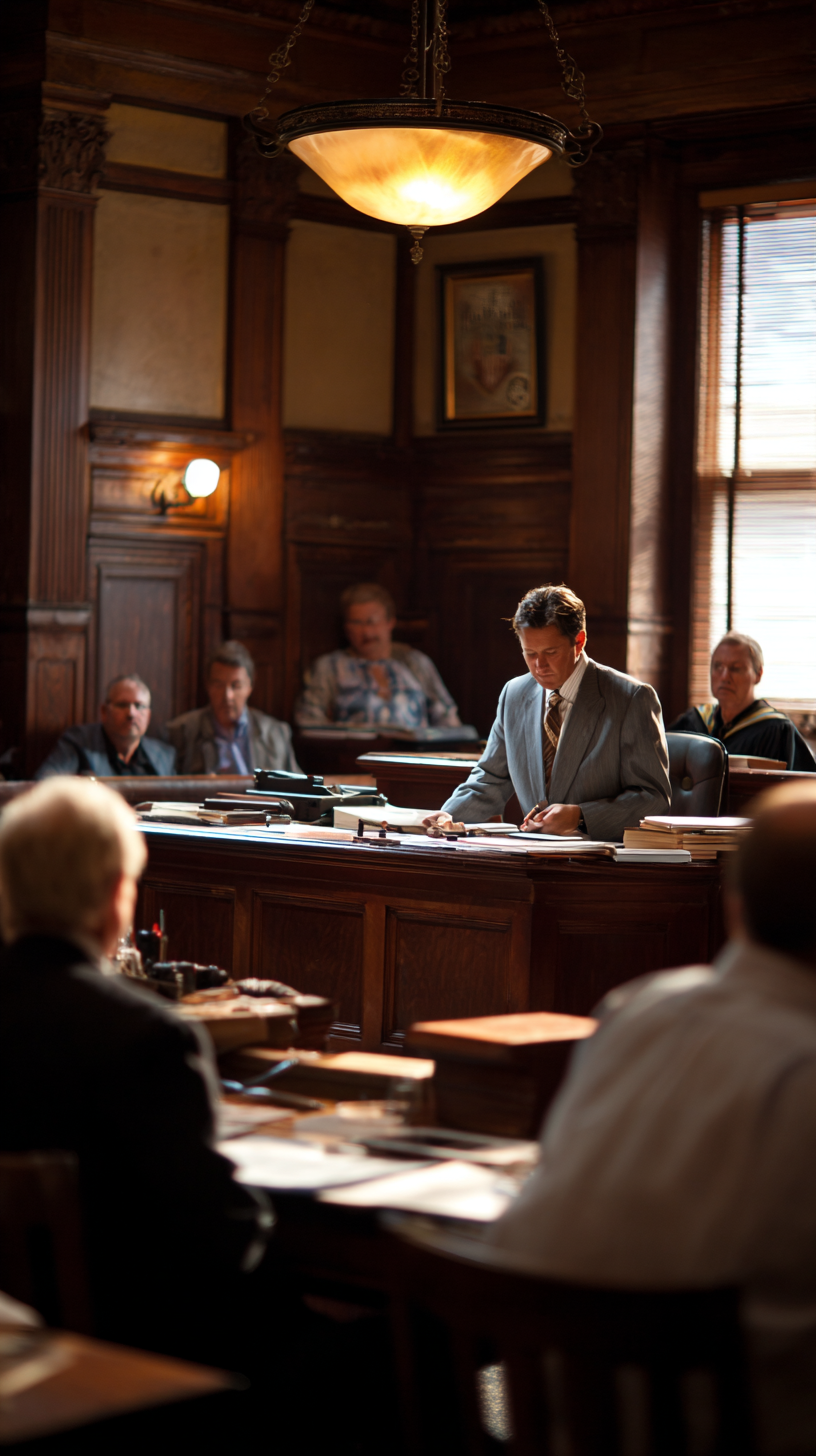
Motorcycle accidents in New York can be devastating. Statistics reveal a sobering reality: motorcyclists face 28 times the risk of dying in a crash compared to people in cars. What complicates these cases? Figuring out who is at fault often isn’t simple.
Unlike collisions between cars, motorcycle accidents frequently involve multiple contributing elements. Was the rider going too fast? Did the car driver miss seeing the motorcycle? These questions carry enormous weight because New York operates under comparative negligence law—a system that directly affects compensation even when you share some responsibility. Common causes of these accidents include distracted driving, drunk driving, speeding, weather-related conditions, poor road maintenance, lane splitting, inexperienced riders, vehicle malfunctions, and left-turn collisions, all complicating fault determination.
New York’s Comparative Negligence Framework: Key Insights
Breaking it down: New York uses a “pure comparative negligence” system. While the term may sound technical, the concept is logical. Even if you share some blame for the accident, you can still recover damages. Your compensation reduces by your assigned percentage of fault, as confirmed in a recent May 29, 2025 court examination of car accident cases that reinforces this principle across vehicle collisions (DeFrancia Law Blog). The Legal Information Institute offers a detailed explanation of comparative fault.
Consider this example: If you are 30% at fault and your damages total $100,000, you would receive $70,000. Even at 80% fault, you could still recover 20% of the damages per New York’s pure comparative fault standards outlined in the 2025 Auto Accidents and Claims Guide (O’Connor Personal Injury). Of course, that scenario is far from ideal.
This contrasts with states using “modified comparative negligence,” which blocks any recovery if you are 50% or more at fault. New York’s system offers more opportunity for recovery, but it also encourages insurance companies to push more blame onto riders.
Challenging Fault Scenarios
Lane splitting often leads to disputes. Though not explicitly legal in New York, some motorcyclists filter through traffic. If an accident happens while lane splitting, you could face a high fault percentage. However, it doesn’t automatically mean you are entirely responsible.
Intersection accidents create another tricky situation. Imagine: a motorcyclist approaches a green light when a car suddenly turns left. The driver says they didn’t see the rider, but the rider was going a bit over the speed limit. Both factors affect fault.
Weather-related crashes introduce additional factors. Consider a rider losing control in light rain, but the road also had an unmarked pothole. Responsibility might then fall on multiple parties: the rider, the city, or a construction company. Understanding premises liability can be crucial in these situations.
How Courts Assign Fault Percentages
Courts don’t assign fault arbitrarily. They look at specific factors, and knowing these can strengthen your case. Evidence plays a decisive role—traffic camera footage, eyewitness accounts, and on-site investigations are critical for reconstructing events, as emphasized in Porter Protects’ 2024 analysis of motorcycle liability.
Traffic violations matter a lot. Speeding or running a red light heavily sways fault decisions. However, violations don’t always mean 100% fault. For instance, a driver running a red light might be 85% at fault, while a speeding motorcyclist takes 15% of the blame.
Road conditions also count. Poor visibility, construction zones, or missing signs can shift blame from drivers to government bodies or contractors. Expert witnesses are key in these cases. They reconstruct accidents and explain how different factors played a part. The National Highway Traffic Safety Administration (NHTSA) provides detailed data on road conditions and accident causes.
Preserving evidence matters greatly. Police reports, witness accounts, traffic camera videos, and social media posts can all affect fault decisions. Starting evidence collection early strengthens your case.
Compensation Impact
Now, let’s discuss the numbers. This becomes critical when dealing with medical bills and lost income. As established by CPG Lawyers in their 2024 liability guide, New York’s comparative negligence framework ensures recovery remains possible regardless of partial fault, though reduced proportionally.
Suppose your total damages are $200,000, covering medical costs, lost wages, and pain and suffering. If you are 20% at fault, you get $160,000. At 40% fault, you receive $120,000. That $40,000 difference shows why every percentage point counts.
Insurance companies know this math well. They examine every detail to raise your fault percentage. Did you wear proper gear? Were you licensed? Had you consumed alcohol, even below the legal limit? This is when experienced legal help proves invaluable.
Building Your Defense Strategy
The Law Office of Jason Tenenbaum, P.C. approaches these cases with a clear strategy: minimize your fault percentage while maximizing evidence of the other party’s negligence. While specific recent developments involving the firm may not be documented, their expertise in applying New York’s comparative negligence laws provides a robust framework for motorcycle accident defense.
Preserving evidence immediately is key. Skid marks disappear, witnesses’ memories fade, and surveillance footage may be recorded over. Quick action separates strong cases from weak ones.









